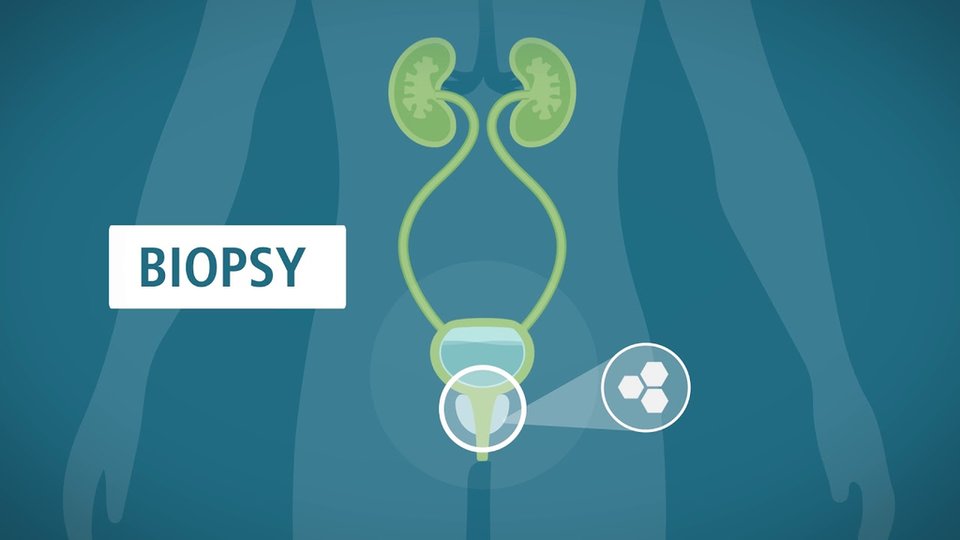| INSIGHTS |
prostate biopsy
During a prostate biopsy, the urologist removes small samples of tissue from your prostate to test for cancer.
Your urologist may recommend a prostate biopsy if the results from a prostate-specific antigen (PSA) blood test comes back abnormal or a digital rectal exam (DRE) feels suspicious.
The biopsy takes about 10 minutes and is often done in the urologist’s office. You will be given antibiotics before the biopsy, and possibly for a day after the procedure to reduce any chance of infection.
In most cases, the biopsy only causes brief discomfort. Your urologist will place a probe in the rectum and will first numb the area with an injection of a local anesthetic. They then quickly insert a thin, hollow needle through the wall of your rectum, into the prostate. When the needle is pulled out it removes a small amount of prostate tissue. Your urologist will take multiple tissue samples from different parts of the prostate.
The samples are sent to a lab, where it is examined under a microscope for abnormal cells. The results will come back in a few days. If you are told you have cancer, the biopsy results will help your doctor counsel you on your best treatment options.
You will probably be asked to take it easy for a day or two after the biopsy. You may feel some tenderness in the area of the biopsy. You may also notice some blood in your urine or have some light bleeding from your rectum. And you may have blood in your semen for up to several weeks. These symptoms are considered normal after a biopsy, but if they persist, talk to your urologist as soon as possible. If you have a fever after biopsy, you should seek immediate medical attention.
For more information about prostate biopsy, visit www.UrologyHealth.org.
Watch our Prostate Biopsy video below to learn more about this procedure from Dr. John Lynch, a urologist and prostate cancer survivor.

UrologyHealth.org | SUMMER 2018 | UROLOGYHEALTH extra